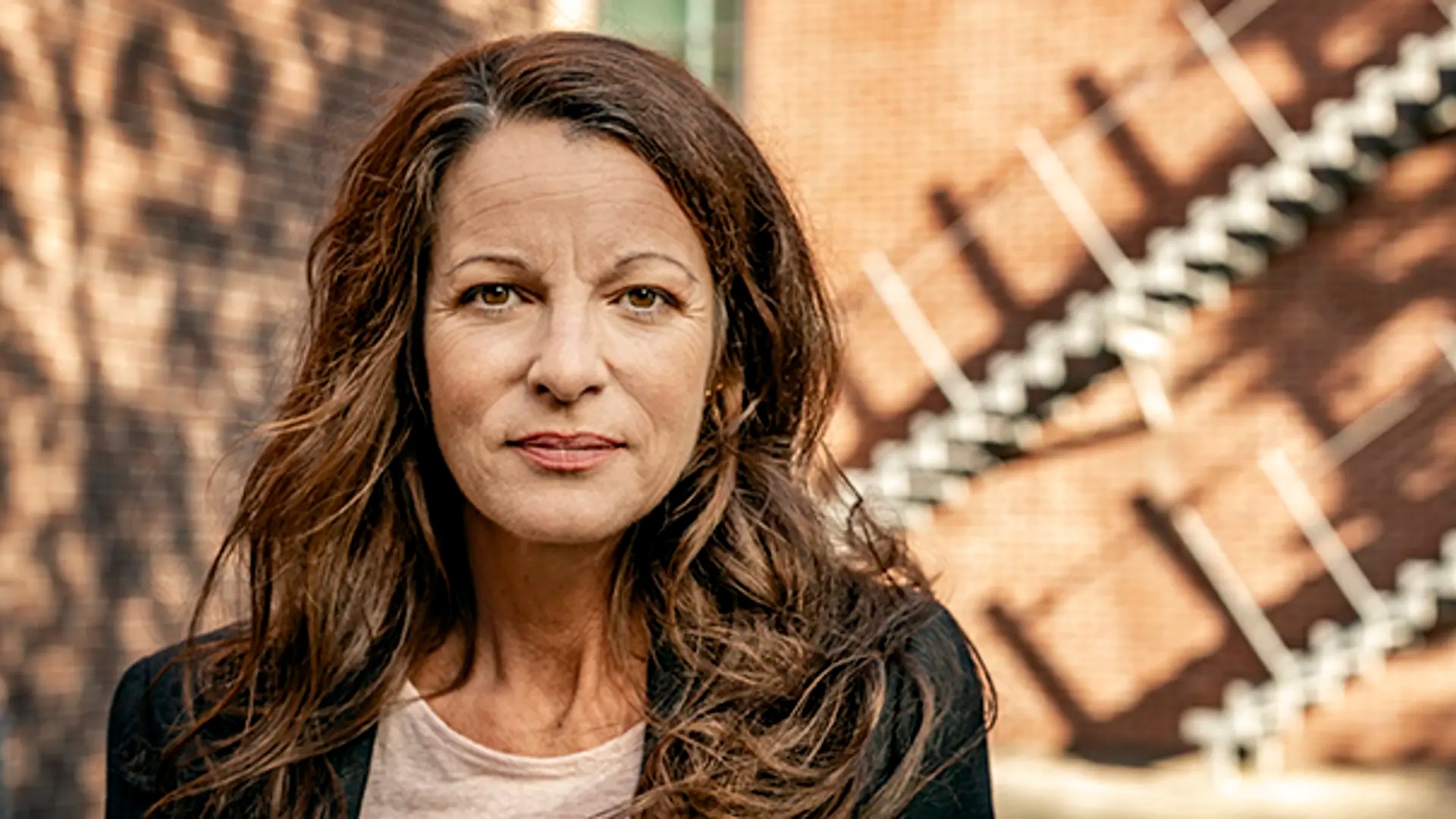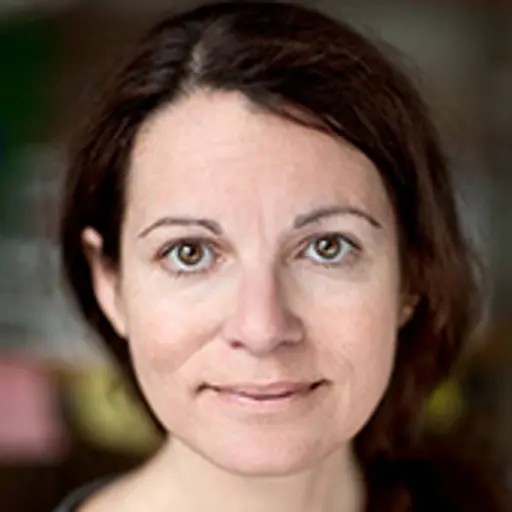
Once the festivities are over, the search for next year's laureates begins. But how do you choose among all the scientists in the world? How do you know which discovery is big enough? What efforts are being made to find more female prize winners? Verapodden asked Pernilla Wittung Stafshede, Professor of Chemical Biology at Chalmers and member of the Nobel Committee for Chemistry.
Listen (Swedish): Pernilla Wittung Stafshede talks about the Nobel Prize (9.26 minutes).
When the gold-rimmed tableware has been set aside and the guests have finished dancing in the Golden Hall, a small select group of researchers go out into the December darkness with a gold medal around their necks. In ten months, new laureates will be announced. Pernilla Wittung Stafshede is one of those who decides who they will be. She compares it to detective work.
“The idea behind the Nobel Prize is to figure out who was the first to make a discovery that has had a lasting impact. There are plenty of scientific advances, but it can be quite tricky to judge whose research has been the most significant. And you also must make a limitation in terms of elapsed time”, says Pernilla Wittung Stafshede.
When Emmanuelle Charpentier and Jennifer Doudna were awarded the 2020 Nobel Prize in Chemistry for the discovery of the gene scissors CRISPR/Cas9, barely ten years had passed since the research was published. Soon after the discovery was made, other researchers began using the new tool.
“For a discovery to be worthy of a Nobel Prize, there must be a before and an after. Sometimes the discovery can be relatively new, as in the case of CRISPR/Cas9, and sometimes the discoveries go back 20–30 years”, says Pernilla Wittung Stafshede.
To be able to monitor an entire scientific field, the Nobel Committee in Chemistry is assisted by experts from around the world. Thousands of selected professors and other researchers are asked to nominate candidates and submit their proposals by the end of January. The process is strictly confidential. The committee examines the proposals and chooses candidates to present to the other chemists in the so-called chemistry class of the Royal Swedish Academy of Sciences. Following feedback from the class and several sessions, the committee presents its choice to the Academy's members at a meeting in early October. Then the final decision is made, and the laureates are contacted.
“It is great fun to be in the room when the winners are called. Some are very excited, others may sound like they expected the award, and some don't believe us”.
Pernilla Wittung Stafshede is the third woman ever to sit on the chemistry committee. Historically, female laureates have also been few, but the proportion has increased some in recent years.
“The Academy has started to work harder with gender equality. Among other things, we have had an Academy Day where we have talked about gender equality and listened to lectures, and we have had discussions in the committees”, says Pernilla Wittung Stafshede.
She believes that it is important that more women are involved in nominating researchers for the Nobel Prize, as it has been shown to increase diversity.
“To maintain the status and the greatness of the prize, you cannot have prejudices and just choose laureates from a certain group”.
The job of a committee member includes answering questions and explaining the awarded discoveries to the media. On two occasions, Pernilla Wittung Stafshede has been the one presenting the laureates on the live broadcast.
“It is extremely nerve-wracking. You feel like the whole world is watching. That is not the case, but many watch and it is tremendously exciting”.
Relaterat:
Verapodden
The official website of the Nobel Prize
The nomination and decision process
The speeches at the Nobel Banquet
Wittung-Stafshede’s Protein Biophysics lab
About Verapodden
In Chalmers Verapodd you will hear personal conversations with researchers, students, teachers and alumni. What are their experiences, driving forces and visions? What becomes of the knowledge from Chalmers?
Project manager: Cecilia Hillman & Maria Saline, Genie
Original music by Stefan Karlsson
The Nobel fanfar: FanfarService
Programme manager, technology & editing: Malin Avenius
Producer: Anne-Christine Nordin.
Vera Sandberg became Sweden's first female engineer in 1917. She studied as the only woman among 500 men. Today, Chalmers University of Technology is home to 10 500 students and a third of them are women.
- Visiting Researcher, Chemical Biology, Life Sciences
